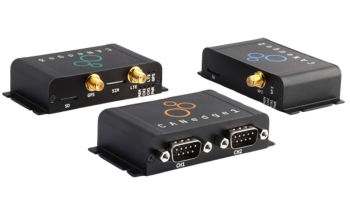Gluttony-
If you consume all of the latest IoT technology without thought of practical use-cases or common protocols, you have a gluttony problem.
The benefit of the Internet of Things is that it gives both common and uncommon products unlimited possibilities. The difficulty in this lies in knowing what your consumer actually wants and needs and then delivering it to them. Don’t offer a feature just because it’s cool, it may spark interest, but the glory-light of the kitsch and the corny is short-lived. Identify the need and offer a product to fill that need.
Greed-
If you have an inordinate desire to possess too much in your IoT product, you have a greed problem.
When developing a product for the IoT it’s good to keep in mind that the most expansive device isn’t always the best one. Some companies have defaulted to packing features into their devices, getting swept away by the opportunity that the tech affords, but forgetting about the consumer. Customers want the right product that will work with simplicity in their home.
Pay attention to what your consumers need in order to make your IoT device the best.
Wrath-
If your product is not up to par compared to other products in the IoT space, your customers will have a wrath problem.
Don’t make a bad product. That’s the bottom line. It will not matter how impressive the idea is if the gadget itself has not gone through all the necessary tests and improvements. Never sacrifice quality for speed. Initially, in an emerging market, there will be a lot of shoddy products: being consistent and reliable will go a long way in raising your brand to the top of the heap.
Sloth-
If you are slow to market, you have a sloth problem.
This is a difficult balancing game, which is why it is crucial to know your product and your customer. Being flashy can be fun, but hitting the market with a reliable device is the end goal. Get product in your customer’s hands and keep the initial release simple: issue all the bonus features in a later, updated version. Knowing the difference between a hardware problem and a software update could be a game-changer for long-term success.
Envy-
If you are jealous of another’s IoT product, you have an envy problem.
For the time being, the IoT is an inclusive market. Much of the products looking to hit the shelves in the near future are from startups and small companies with big ideas. At this point, providing the ability for devices from different manufacturers to work together is the cornerstone for success. Customers will want to mix-and-match based on which products will be best for their home, and let’s face it, some companies will make certain devices better than you can. The key is to locate your company’s strengths, and focus on the products that can best display your expertise.
Pride-
If you believe your IoT product is perfect, you have a pride problem.
The IoT space is all about innovation: improvement upon old devices for the benefit of the consumer. No product in this space is ever perfected, with the push for new ways to connect and share information; these devices will always be growing and evolving in the process. As IoT manufacturers, it is important to stay on top of the tech, constantly interweaving new use-cases and features into the original shell of their product.
Lust-
If you desire money, fame and power from your IoT product, you have a lust problem.
Home Automation and the IoT is generally new territory for most companies. It’s natural to hit some bumps along the way due to unforeseen difficulties and major breakthroughs in technology. Don’t tell yourself that you’re sitting on a goldmine: keep your head down and dedicate your company to consistently improving your product and you might just make it.






